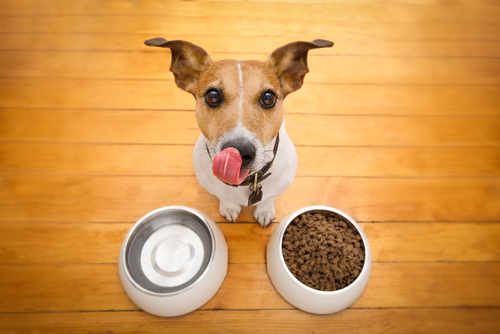Much like how humans need specific food groups for good health, dogs also need a balanced diet. They, too, require fresh, high-quality, easily digestible food packed with essential nutrients. Without these, they wouldn’t have the energy for their puppy dog training, socializing, or playing in your Loxahatchee residence.
What does a balanced diet mean for dogs?
A balanced diet for humans typically means eating the right portions of vegetables, dairy, protein, and other sources of micronutrients. Surprisingly, a balanced diet for dogs looks similar. Each component serves a specific purpose and allows your dog to live a healthy life.
Of course, you have to keep in mind that your dog’s nutritional needs change over time. Their requirements as a puppy are different than when they’re older. If they’re obese, their dietary needs change as well. However, dogs have common needs for a balanced diet, regardless of age or lifestyle.
Proteins
One of the most important parts of a canine’s balanced diet, protein helps build and repair your dog’s muscles and body tissues. Unfortunately, dogs cannot store protein like they can other nutrients, which is why they need to get it from their diet. Protein also provides 10 essential amino acids that dogs cannot produce.
You can give your pup the protein their diet requires through food sources like chicken, beef, fish, and other meat meals.
High-Quality Source of Meat
As mentioned above, meat is one of the biggest sources of protein for your dog. But, some dog food containing meat sources may have preservatives and other unhealthy ingredients mixed in. That is why it is important to pinpoint high-quality meat sources.
Your dog can consume meat in its raw form. Keep in mind though that while raw meat is often preferable, cooking the meat makes it more digestible. If you’re going this direction, just make sure that you don’t include bones when cooking meat. Cooked bones turn brittle and can harm your canine’s digestive system.
Fresh Fruits and Vegetables
Dogs are omnivores, so fruits and vegetables enrich their diet. In fact, most dog kibble is a combination of meat and vegetable matter. But for the best nutrient retention, feeding them fresh fruits and vegetables is preferable, as long as you don’t feed them varieties that are bad for them.
Among the fruits most beneficial to your pupper are apples, which are an excellent source of Vitamins A and C; blueberries, which are rich in antioxidants and fiber; and bananas, which are a perfect low-calorie treat high in potassium and vitamins.
Vegetables like carrots, celery, and green beans are rich in vitamins, fiber, and iron and have low caloric values, making them perfectly healthy treats and meal ingredients for your pup.

Does your dog need kibble?
Dry dog kibble varies in brand, but they are regulated by law to meet the nutritional needs of dogs. Dog kibble is a convenient way of ensuring your canine companion gets the most essential nutrients they need for a balanced diet.
According to the American Kennel Club, though, it’s still important to read the labels of dog food to find the best one for your dog. The organization suggests looking for a kibble brand with protein as the first ingredient, given its role in dog health.
Ultimately, your dog needs a healthy mix of fresh and high-quality ingredients that fulfill their individual nutritional needs. To make sure you’re feeding them right, though, it’s best to talk to your veterinarian about their diet.





